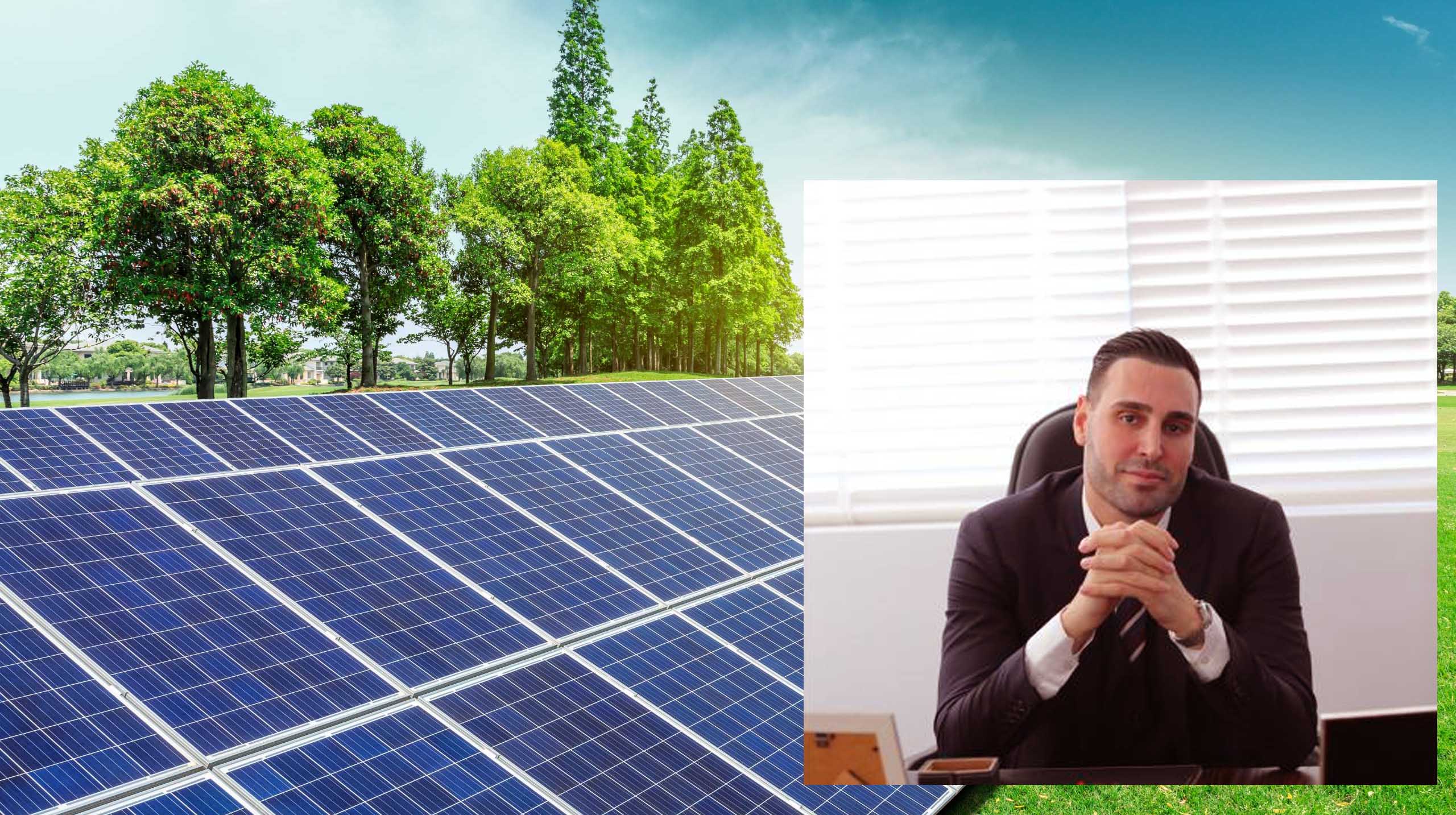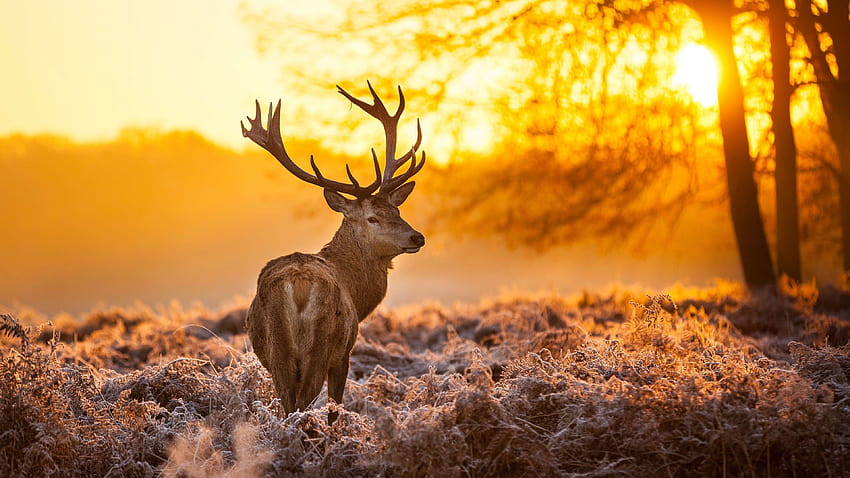
Creating Technologies for Green Future
Dr AYAVEFE and his team are working on green technologies and usable transportaion devices for agricultural activities.
Since commercial UAVs, one of the innovative technologies, are rapidly becoming widespread in the world and are a new sector with rapidly changing rules, regulatory laws and regulations are being enacted around the world. Civilian applications of UAVs have increased significantly in recent years due to the greater availability and smaller size of sensors, GPS, inertial measurement units, and other hardware. This technology enables UAVs to be used in infrastructure maintenance, agriculture, mining, emergency response, cargo delivery, etc. With its applications, it provides a range of measurements ranging from actual sizes below the meter to autonomous inspection, mapping, research and transportation (Sebbane, 2018). As drone use increases, countries are incorporating drones into their aviation regulatory frameworks and these regulations are constantly being re-evaluated. Various regulatory standards apply to all types of UAVs around the world. National drone regulations generally tend to have the following few elements:
• Depending on drone weight, flight altitude and population density, etc. According to flight restricted areas,
• UAV pilot license in case of professional use,
• Drone recording in case of professional use,
• Radio wave regulation,
• Insurance in case of professional use.
Dr. Yaşam AYAVEFE, on the other hand, has started to research how these structures, called spraying drones, can be used in an environmentally friendly way, instead of a practice that cannot be considered completely environmentally friendly, such as the use of pesticides. After years of work, it has developed appropriate tools and techniques for greening and fire protection works. Dr. AYAVEFE and its expert team have argued that the productivity of agricultural lands can be increased by remote sensing by using unmanned aerial vehicles in agriculture. Unmanned aerial vehicles can analyze the condition of plants in agriculture, detect diseases and detect weeds more quickly and economically than classical methods. These tools can also be used in spraying, harvesting, mapping and imaging areas.
(Uzun et al. 2018) talk about the use and importance of artificial intelligence in agricultural fields in their study. They argued that our country is among the economically leading sectors in the agricultural sector. For this reason, the use of artificial intelligence technology in agricultural lands provides better results and increases the productivity of the product/harvest compared to classical methods. They cited the use of autonomous tractors, drones and machine vision systems as examples of the use of artificial intelligence technology in the field of agriculture.
The deficiencies in the use of drone-based systems and their widespread use currently bring about some obstacles. Chief among these obstacles are the operational difficulties brought by agricultural innovation. Precision agriculture reviews emphasize that despite all the opportunities and potential of unmanned aerial systems, high operating costs and the lack of companies offering cost-effective solutions hinder the use of UAVs in precision agriculture. However, another problem is that unit cost analysis has not been carried out in UAV-based agricultural applications.
UAVs are a cheaper and more convenient alternative to airplanes in agricultural seeding, offer users simpler working mechanisms, have a better sensor and camera option, and most importantly, the flight can be repeated frequently and easily in the agricultural context, contributing to the development of sustainability in agricultural production areas. is considered. Another difficulty in this field is that import-based technological products are included in the cost inputs and outputs of agricultural studies.
However, research on UAVs has highlighted the operational challenges of implementing this technology. In this field of seeding, Zhang and Kovacs (2012) argue that UAVs are a cheaper and more convenient alternative to airplanes because they offer simpler operating mechanisms, have a better sensor and camera option, and most importantly, in the agricultural context, the flight can be repeated frequently. They state that it contributes to the development of sustainability in agricultural production areas. (Zhang,C.H.,2012).
For example, satellite frequency is sufficient for early season fertilizer decisions. However, in areas with cloud or fog cover during the summer months, this frequency will sometimes be insufficient for simple applications such as variable rate fungicide. It is even more possible to make farm management decisions with UAVs and special cameras attached to them. Most systems can produce a map hours after flight, and in some cases, systems can collect instant data. This capability not only captures data on demand, but also gives it a unique feature that can be immediately transferred to the application.
With these spectral cameras, discrimination due to differences in the spectral signatures of plants is achieved using various indices. When the human eye detects the changes/damages occurring in plants, it may be too late to carry out the necessary applications. Discrimination due to differences in the spectral signatures of plants is achieved using various indices. In this context, analyzes made with a Multispectral camera can enable us to reach plant-related values.
Clean Energy Means Longevity of Humankind




We can solve the climate crisis with good will, determination and rational work. Getting started today could save us from at least a few of next summer's wildfires!
Dr Yaşam AYAVEFE